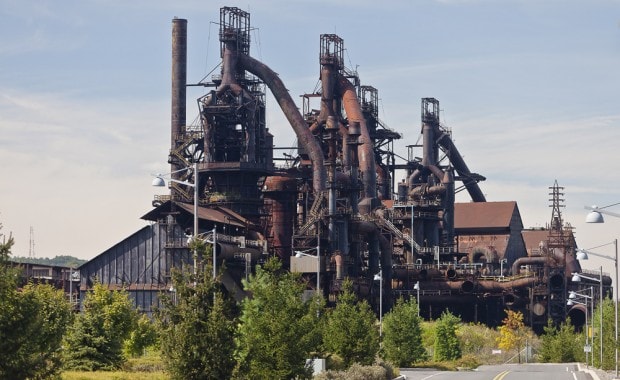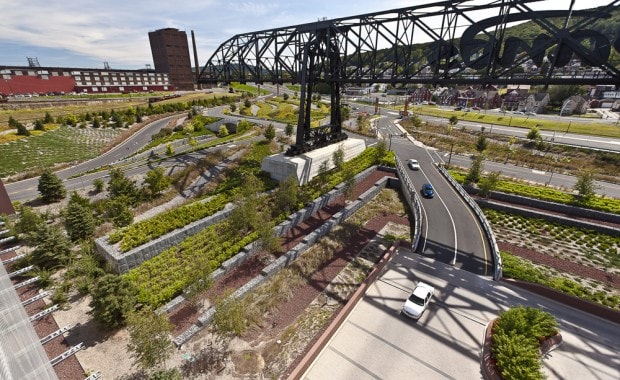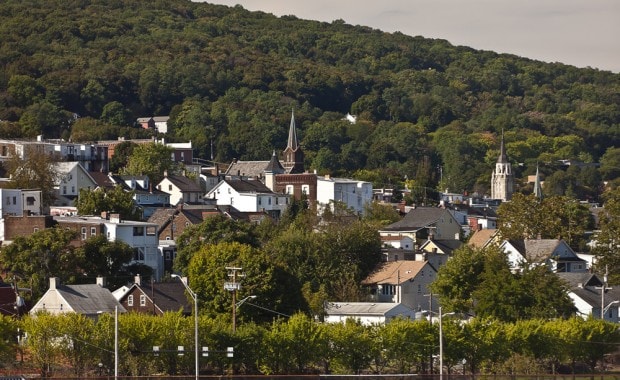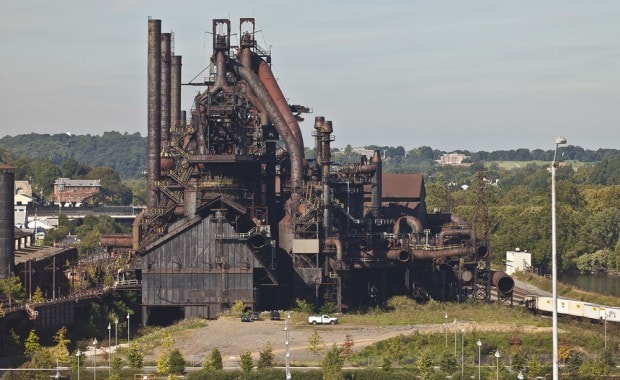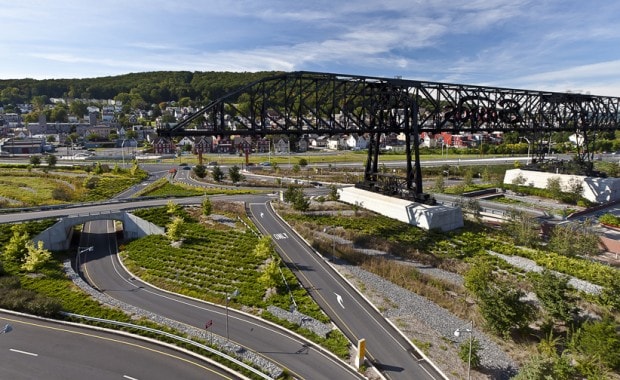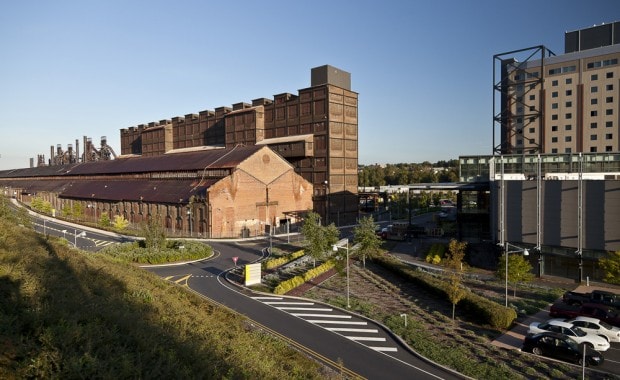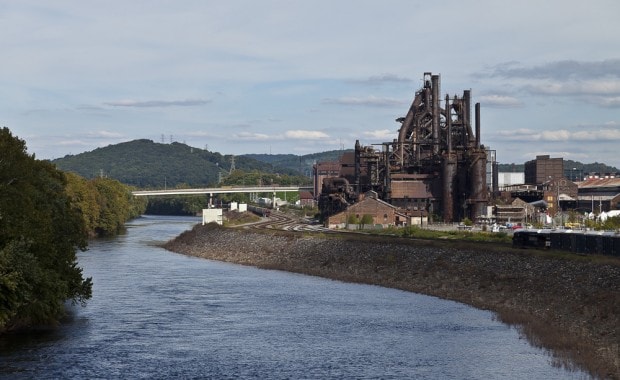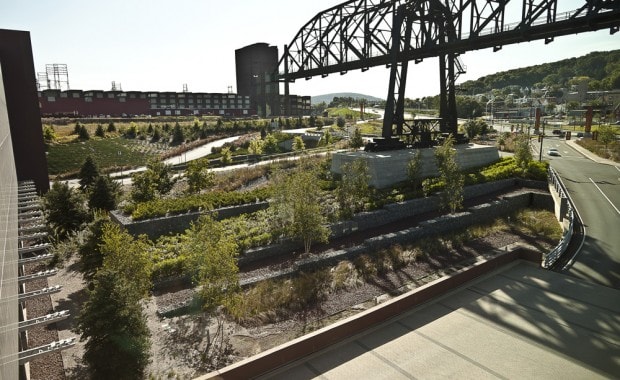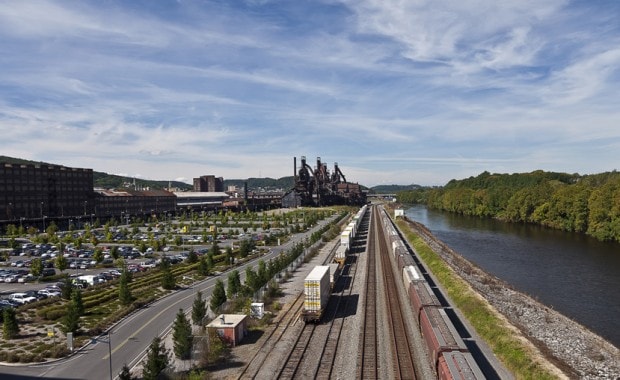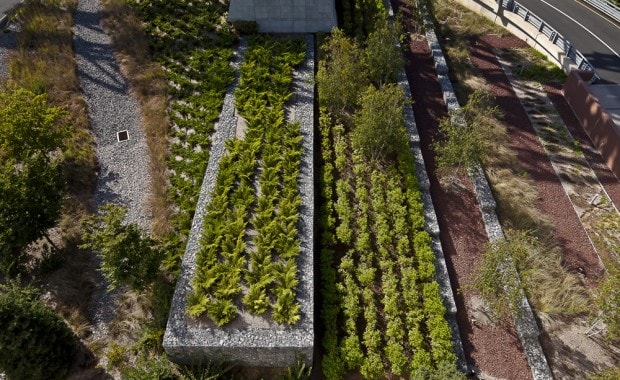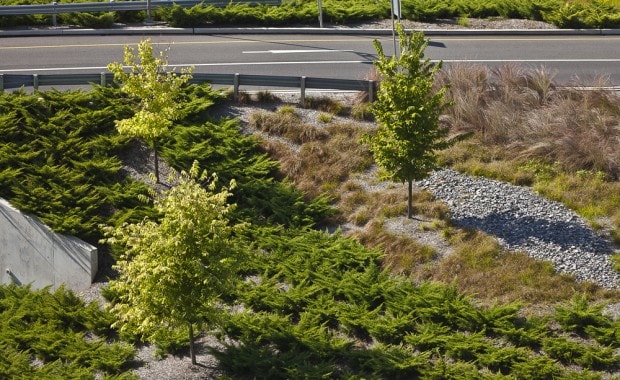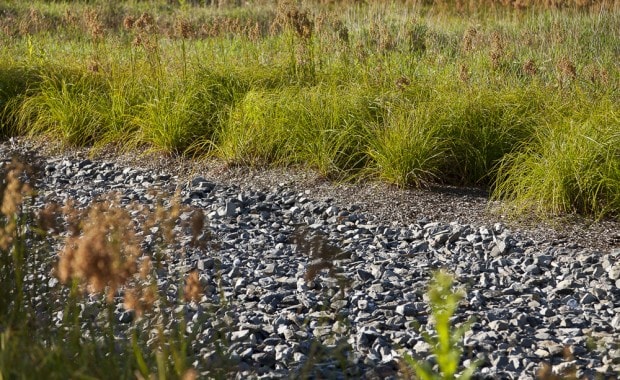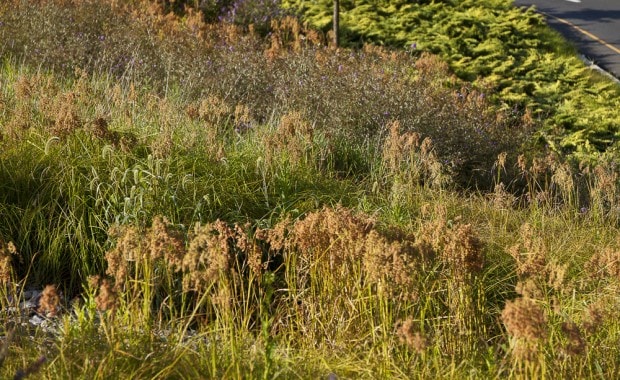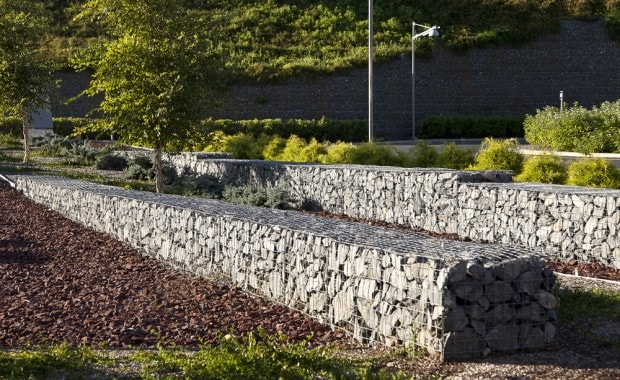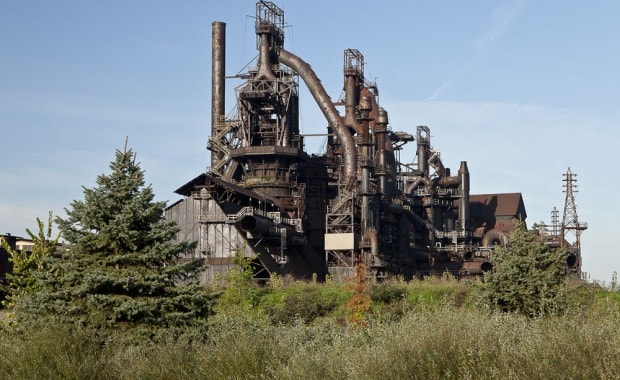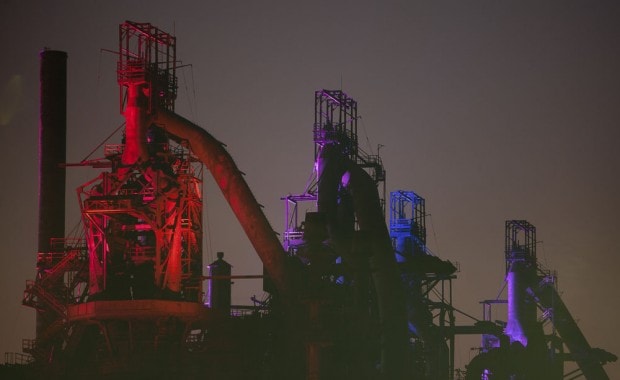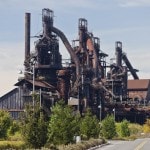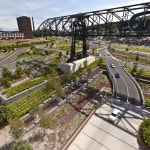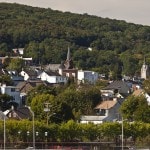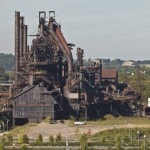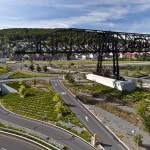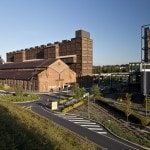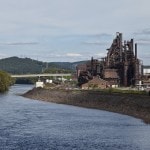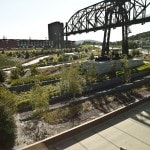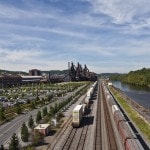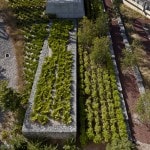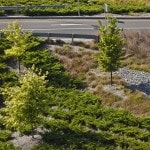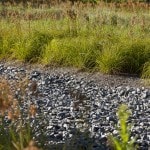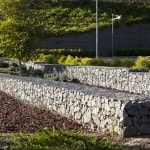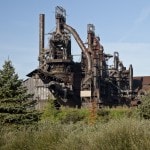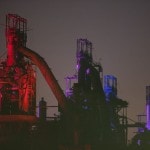Project: Sands Bethworks
Location: Bethlehem, PA
Firm: SWA Group
Year: 2008
Firm website: www.swagroup.com
Project Description: While the US industrial revolution of the 1800s slowly recedes into the depths of national consciousness, the collective memory of rustbelt towns refuses to fade. Massive physical remnants of US industrialization, once considered fantastic achievements in manufacturing and engineering, lay in-situ, slowly decaying, overshadowed by current technological advancements, and given the acknowledgement equivalent to the weeds that now surround these relics.
Sands Bethworks stands as an exemplary model of what landscape architects can bring to our nation’s post-industrial sites. The former home of Bethlehem Steel, this remediated brownfield illustrates how historic investigation can lead to salient features celebrated within a design. Most importantly, this adaptive re-use project has shown catalytic performance through its revival of South Bethlehem and the ensuing developments Sands Bethworks has engendered.
One of the most prominent examples of re-directing the environmental legacy of a post-industrial landscape can be traced to the south banks of the Lehigh Canal, in the city of Bethlehem, Pennsylvania. Comprising approximately 1,800 acres (20 acres of which were used for this project), or 20% of Bethlehem’s total land mass, is the former headquarters of Bethlehem Steel Corporation (BSC). Founded in 1904, Bethlehem Steel’s role during the industrial revolution was critical to the economic growth and prosperity of the United States and region. The headquarters in Bethlehem continued to operate until 1998 when US manufacturing divestment, foreign competition, and short-term profit goals finally led to its demise. After almost a century of operation, the effects of Bethlehem Steel’s closure on the city were heartbreaking as thousands of jobs disappeared instantly, along with 20% of Bethlehem’s total tax base. All that remained was a city facing impending bankruptcy, and the largest Brownfield site in the country.
The primary intent of the design was to preserve and elevate the historic industrial setting while capitalizing on the site’s current potential as an engine for economic growth. Following the closure of operations in 1998 and before the design team approached the project, Bethlehem Steel Corporation, the Pennsylvania Department of Environmental Protection and the US Environmental Protection Agency enacted a cleanup agreement to begin the largest Brownfield conversion plan in the nation. Approximately 375 tons of soil contaminated with heavy metals and toxic compounds was excavated and transported to a permitted landfill, then backfilled with clean fill. Along with the excavation and removal of soil, removal of petroleum products and pathway elimination were implemented.
Project Team Members: Ying-Yu Hung, Gerdo Aquino, Alex Robinson, Michael Hee, Trent Okumura, David Gal.
Collaborators:
Architect: RTKL Associates Inc.
Civil Engineering and Geotechnical: French & Parrello Associates, PA
Lighting: LDC – Lighting Design Collaborative
Interior Design: Walsh Bishop Associates, Inc.
Structural Engineer: Desimone Consulting Engineers, PLLC
Signage Design: Redmond Schwartz Mark Design
MEP Engineer: R.G. Vanderweil Engineers, LLP
Traffic Engineer: Lublanecki Engineering
Cost Consultant: VJ Associates, Inc.
| previous project | next project |
